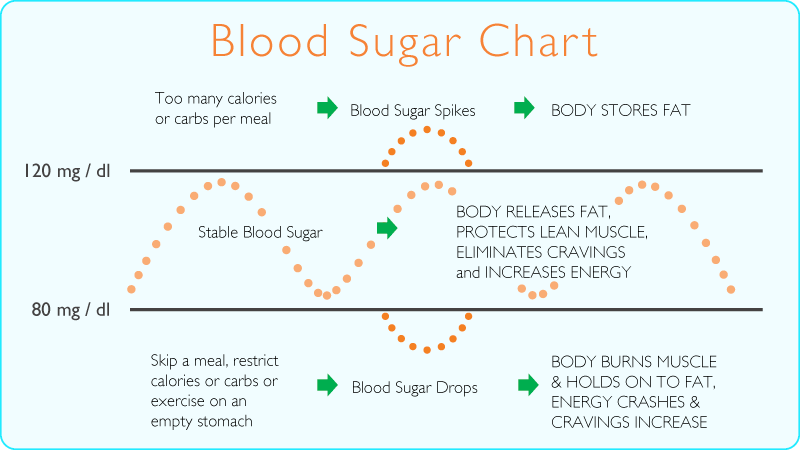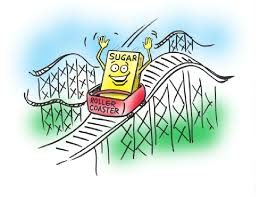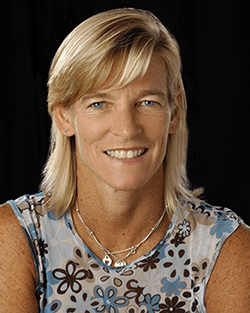What’s blood sugar you ask? Blood sugar is a simple sugar (glucose) that is broken down through digestion from the foods we eat and travels through our blood stream to our cells to provide energy to our bodies. Our bodies are unable to make or store this energy. Since every movement we make requires this continuous supply of energy, our bodies are essentially a ‘fuel as you go’ machine.

 Our body constantly regulates blood sugar levels to compensate when it rises too high or drops too low. It is constantly working to maintain a balanced internal environment (homeostasis). If our blood sugar is too high our body stores and holds on to fat, if it’s too low our body cannibalizes its own lean muscle tissue for energy . The result of these fluctuations of high and low blood sugar can result in a poor body composition usually consisting of a low muscle mass and increased fat percentage, and major affects contributing to low energy , poor athletic performance and mental fatigue throughout the day.
Our body constantly regulates blood sugar levels to compensate when it rises too high or drops too low. It is constantly working to maintain a balanced internal environment (homeostasis). If our blood sugar is too high our body stores and holds on to fat, if it’s too low our body cannibalizes its own lean muscle tissue for energy . The result of these fluctuations of high and low blood sugar can result in a poor body composition usually consisting of a low muscle mass and increased fat percentage, and major affects contributing to low energy , poor athletic performance and mental fatigue throughout the day.
When a balanced internal environment (stable blood sugar) is achieved it allows our systems to work effectively and efficiently by releasing stored fat for fuel (which is burned in the muscle tissue and used for energy) while also allowing our body to protect and maintain its lean muscle.
 Knowing how to feed your body correctly to achieve stable blood sugar is the key to success with any health goal. By optimizing your nutrition plan with the correct nutrition ratios, calories per meal and proper meal intervals while adding a fitness routine, you will achieve balance in blood sugar levels. You will then benefit from a steady level of energy throughout the day, eliminate sugar cravings and increase mental alertness making for a sharper mind and the ability to concentrate. Are you ready to take your health to the next level?
Knowing how to feed your body correctly to achieve stable blood sugar is the key to success with any health goal. By optimizing your nutrition plan with the correct nutrition ratios, calories per meal and proper meal intervals while adding a fitness routine, you will achieve balance in blood sugar levels. You will then benefit from a steady level of energy throughout the day, eliminate sugar cravings and increase mental alertness making for a sharper mind and the ability to concentrate. Are you ready to take your health to the next level?
Samantha Dee is a Certified Nutrition Coach at Maximum Physiotherapy. She educates individuals on blood sugar stabilization, proper nutrition , exercise, increasing athletic performance and quality of life. Call 705-444-3600 to book a consultation or for more information.





